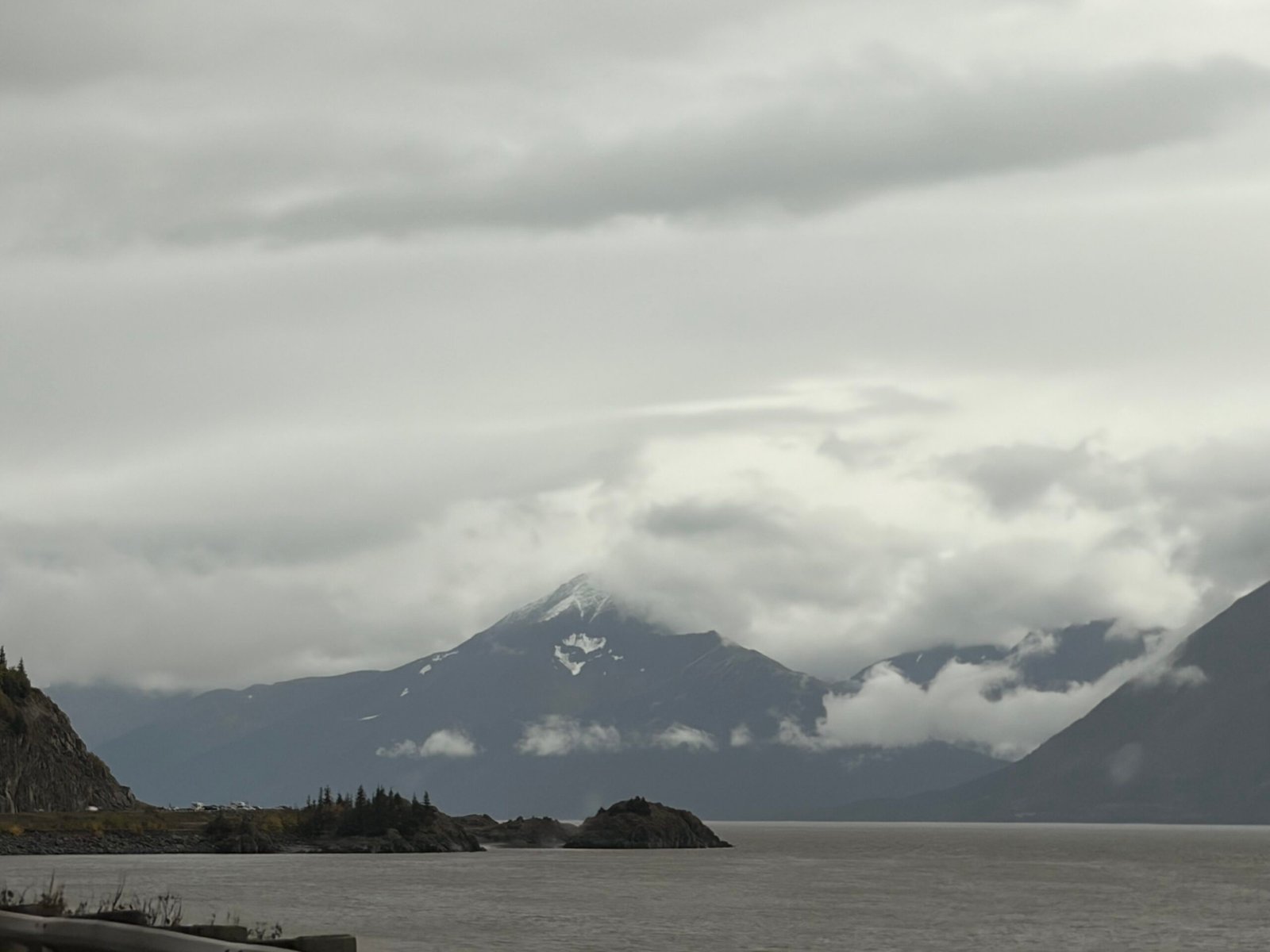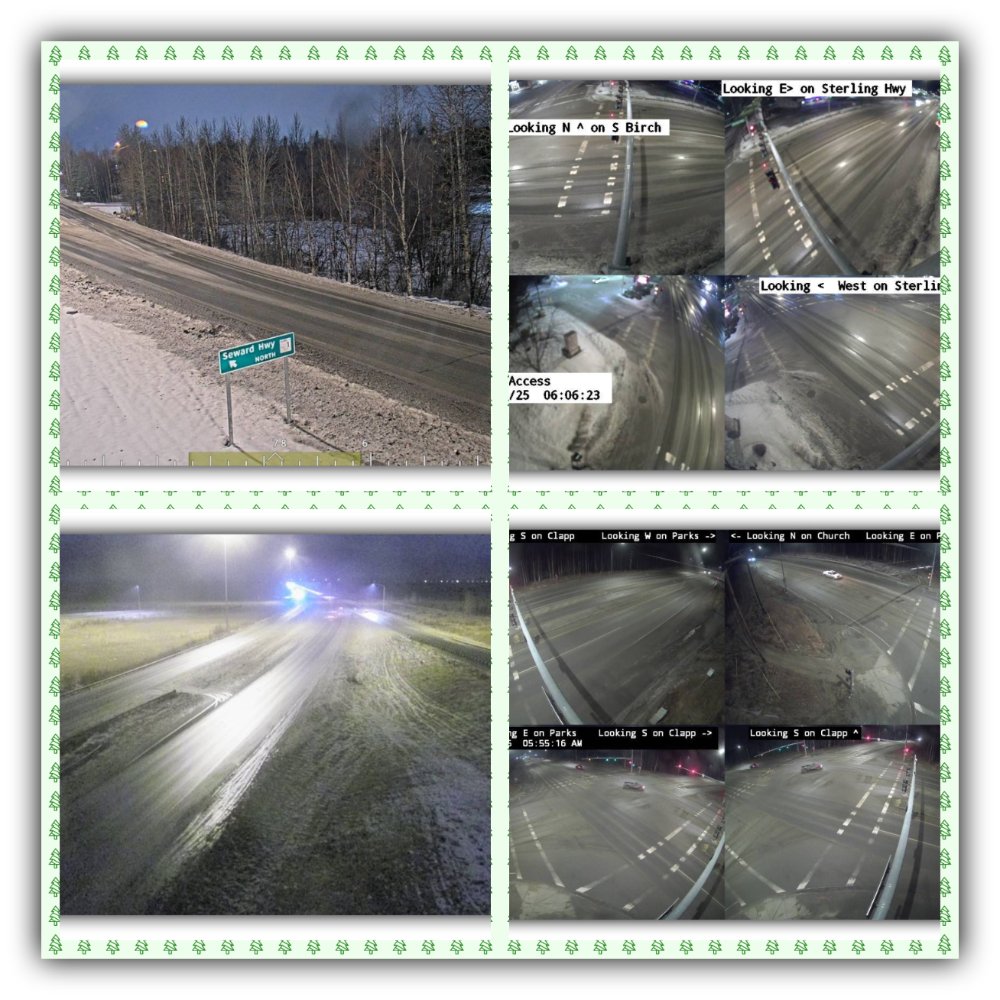As Congress races toward the spending deadline, Alaska, more dependent on the federal government than many states, could face outsized consequences. From nonprofits to national parks, and from federal workers to rural communities, many Alaskans are bracing for disruptions if Washington doesn’t avert a shutdown. Here’s what this means locally.
What Alaska Has at Stake
Based on recent reporting:
- Wide federal footprint makes impacts concentrated
Alaska receives tens of billions of dollars annually in federal funding, much of which supports nonprofits, tribes, grants, infrastructure, and essential services. A shutdown means many of those funds could be frozen or impeded. The Foraker Group+2Alaska Public Media+2 - Nonprofits will likely be hit hard
Because nonprofit organizations often rely on federal grants (either directly or via passthroughs), funding delays or freezes can strain their operations, exactly when demand for social services tends to spike. The Foraker Group+1 - Federal workforce & essential services threatened
If a shutdown happens, federal employees may be furloughed or required to work without pay. This includes some law enforcement, national parks staff, Air Traffic Control (ATC), TSA, and other services. https://www.alaskasnewssource.com+1- National parks in Alaska are likely to be affected: visitor centers, campgrounds, and park programs could be closed or limited. Alaska Public Media+1
- Routine administrative and support services could slow or stop: licensing, grant processing, and similar functions. Alaska Public Media+1
- State government preparing contingency plans
Alaska has in past shutdowns instructed state departments to map out what federal programs they run, which are most critical, and where fallback options exist. Programs that are “mandatory by law” or otherwise exempt from annual appropriations (e.g. certain federal air traffic control, Medicaid, etc.) will continue. Alaska Public Media+1
State officials are also urging nonprofits and community groups to prepare for delayed funding or reduced services. The Foraker Group - Key political players under pressure
Alaska’s Congressional delegation is in a tight spot. Senator Lisa Murkowski, in particular, has become an “inflection point” in negotiations — expected to bridge divides or provide votes that could shift outcomes. https://www.alaskasnewssource.com
What Alaskans Should Watch & Do Now
- Monitor funding and program notices: If you depend on federal grants, keep tabs on announcements. Some may get cut off or delayed.
- Check on employment status: Federal workers and people employed via federal programs should find out what their status would be in case of a shutdown. Will you be furloughed? Will your pay continue?
- Local nonprofit readiness: If you run or are part of a nonprofit, think ahead: budget adjustments, staffing, and contingency planning are essential. The Foraker Group
- Services that will likely continue: Programs funded outside of annual appropriations, or those legally protected as “mandatory,” often continue. Social Security, Medicare, Medicaid and VA benefits tend to remain. Alaska Public Media+1
Wrap-Up
For Alaska, the looming shutdown isn’t just a distant DC drama, it has real potential to ripple through everyday life: nonprofits strained, federal workers uncertain, national parks closed, and essential services delayed. The usual safety nets (mandatory programs, state-level backups) will help, but only to a point. Over the coming days, much will depend on whether Congress reaches deal, how quickly federal agencies respond, and, most importantly, how well Alaska’s state and local entities can manage through the disruption.





One thought on “Alaska on Edge: How the Coming Shutdown Could Hit the 49th State”